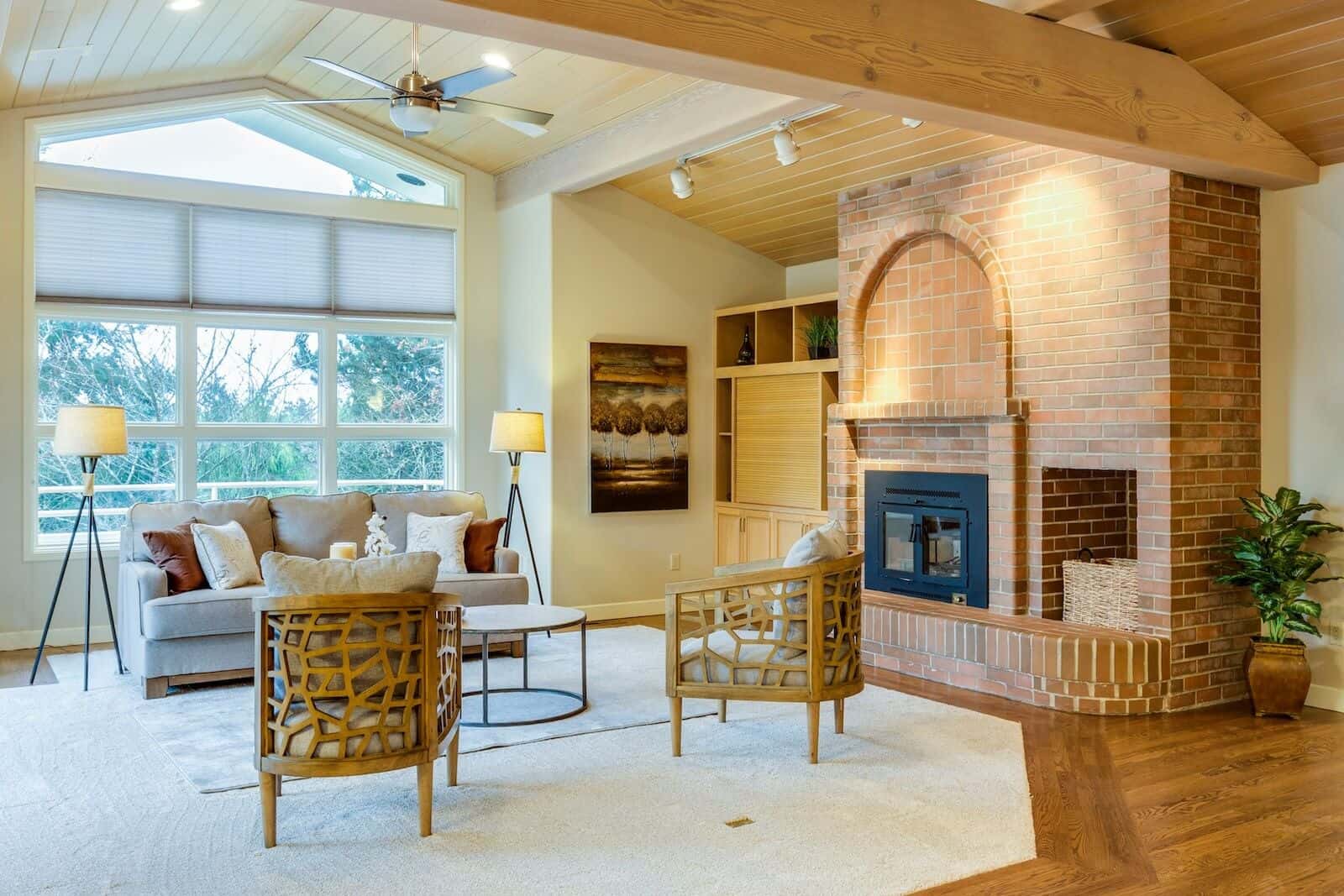Home staging is an important and unavoidable part of any home sale, and it involves decorating and arranging your home in a way that highlights its best feature. The goal of home staging, if properly done, is to help potential buyers visualize themselves living in the home so that they can better decide if your home is the right fit for them.
If it’s your first time selling a home or if you’ve never staged a home before, it can seem like a daunting task. In reality, however, staging a home can be relatively straightforward as long as you have a clear plan in mind and understand the key principles involved.
In this post, we discuss some of the key considerations that you should bear in mind when staging your home. By following these guidelines, you will be able to effectively create an environment within your home that appeals to buyers and helps you sell your home fast.

Should I Stage My Home to Sell?
Staging is absolutely crucial, and it’s a part of preparing your home for sale that you should not overlook. A common misconception among homeowners is that staging is something that is reserved only for luxury homes. However, this is simply not true. All homes can benefit from staging and you can increase the number of offers you receive as well as get better offers from potential buyers when you stage your home.
At the same time, staging can enable you to create a better first impression for potential buyers when they view your home. This can increase your chances of a favorable response from them. In a competitive real estate market, staging also helps your home to stand out and can give you an edge over other homeowners who are also trying to sell their homes.
How to Stage a Home for Sale
Here are some essential steps that you can follow to stage your home for sale:
1. Decluttering and Depersonalizing
If you’ve lived in the same house for a long time, chances are that you probably have plenty of personal trinkets and pieces of furniture that you’ve accumulated over the years. This can cause a home to look messy and overly cluttered, which can also make the space feel smaller than it actually is. Some of the things you can do to declutter include removing excess furniture, cleaning countertops and shelves, as well as organizing any storage areas neatly.
Apart from decluttering, depersonalizing is another great way for you to create a neutral space. This allows a potential buyer to better envision themselves living in the home and filling the space with their own belongings. To depersonalize your home, store away any family photos, personal items and unique decor for the time being.
2. Deep Cleaning and Repairs
Cleanliness is often a strong indicator that a home is well-maintained and has been properly taken care of. This can create a better first impression for potential buyers and can increase a home’s curb appeal. When staging a home, it can thus be a good idea to do a deep cleaning of the entire home, including areas that you may not clean regularly such as ceiling light fixtures and baseboards.
While cleaning your home, you should also keep an eye out for anything that may need to be repaired. For instance, keep an eye out for faucets that may be leaking, holes that require patching or visible signs of wear and tear such as cracked tiles and windows. While these may seem like minor issues, many buyers find it difficult to look past such imperfections and these minor repairs can significantly improve their impression of the home.
3. Rearranging Furniture
The arrangement of furniture can also have an impact on the perception of space and functionality within your home. Properly arranged furniture can make a space feel more open and inviting, appealing to potential buyers. Some tips that you can bear in mind when arranging your furniture include:
- Ensure Easy Movement: Ensure that the furniture arrangement creates a natural flow and that there are clear pathways that allow for easy movement throughout each room in the house. In addition, avoid placing furniture in spots where it may block access to windows and doors.
- Highlight Key Features: Position your furniture in a way that centers on and draws attention to the key features in each room, such as a fireplace or a picture window. You can also use your furniture to frame these features and help them stand out.
- Use the Right Proportions: Choose the appropriate size of furniture for each room. Furniture that is too large can make a room feel cramped whereas furniture that is too small can make it feel empty.
How Much Does it Cost to Stage a Home?
Another common misconception that many homeowners have about staging is that it is very expensive and requires major renovations. In reality, the cost of staging a home can vary significantly based on a variety of different factors including the existing state of your home, the size of your home and the extent of the changes that you want made.
Professional staging services can cost between several hundred to several thousand dollars. However, there are also many affordable DIY options that can drastically improve the appeal of your home without breaking the bank, such as decluttering, rearranging furniture and adding fresh flowers.
Sell Your Home to a Professional Homebuyer Instead
If you’re still unsure about how to go about staging your home for sale or simply don’t want to put yourself through the hassle of doing so, it might also be worthwhile for you to consider selling your home to a professional homebuyer instead.
HomeBuyers of Pittsburgh is the number one professional homebuyer in Pittsburgh and we have bought over 750 homes since we were founded in 2015. We buy homes in as-is condition with cash offers at full market value and no commission, meaning that you won’t have to worry about staging your home or negotiating with multiple potential buyers.
If you would like to find out more, simply leave us a message and a member of our team will get back to you!









